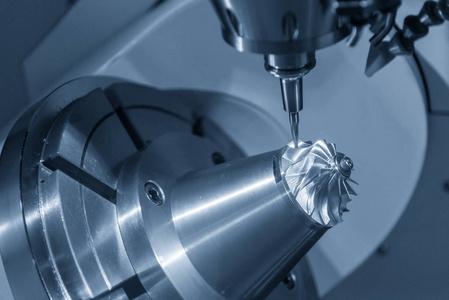Magnesium alloy is one of the lightest engineering metal materials, with good specific strength, specific stiffness and other properties. It is especially suitable for manufacturing engineering structural parts with light weight, high strength, shock and noise reduction requirements and shell parts with certain strength requirements.
As a big country of magnesium resources, how to utilize the advantages of magnesium resources has attracted more and more people of insight in China.
With the development of magnesium alloy and its related technologies, the application of magnesium alloy in various fields in China has been further promoted.
Lightest engineered metal material?
Magnesium alloy is one of the lightest engineering metal materials with excellent specific strength and stiffness.
Especially suitable for the manufacture of light weight, high strength, vibration and noise reduction requirements of the engineering structure parts and have a certain strength requirements of the shell parts.
As a big country of magnesium resources, how to utilize the advantages of magnesium resources has attracted more and more people of insight in China. With the development of magnesium alloy and its related technologies, the application of magnesium alloy in various fields in China has been further promoted. T
he research progress in the development and processing of new magnesium alloys in China is described below.
With the improvement of die design level and performance of die casting parts, the application of magnesium alloy die casting parts has been developed from the traditional laptop computer shell, mobile phone shell, etc., to the engine bracket, wheel hub, frame and other stressed parts and safety parts.
In order to meet the ever-improving performance requirements of parts, on the basis of the traditional die casting process derived vacuum die casting, extrusion casting, low pressure casting, ultra-low speed die casting and many other technical branches.
Vacuum die casting is a die casting process in which the gas is removed from the cavity and pressure chamber in the process of injection to reduce the porosity defects in the casting and improve the casting quality.
This process has been highly valued and vigorously developed for its advantages such as very low casting gas content, good equipment compatibility and excellent casting performance.













